|
In English the hamsa hand is often referred to as ‘the hand of God’ and sometimes ‘the healing hand’. The hamsa hand is a thought to be a popular symbol and can be found throughout the Middle East and northern Africa, in particular among the Islamic and Jewish faiths. Among Levantine Christians it is called 'the hand of Mary', for the Virgin Mary. As a Muslim symbol the hamsa hand is known as ‘the hand of Fatima’ referring to Fatima the daughter of Muhammad. In Islamic culture it is thought to be a symbolic representation of the five pillars of Islam. As a Jewish symbol the hamsa is related to as ‘the hand of Miriam’. The hamsa hand is however a universal protective symbol thought to provide its owner happiness, luck, good health, and good fortune. The hamsa also offers guards from harm caused by the evil eye. Below are two examples of my unique Hamsa Hand artwork that i create in ink. Check out my Hamsa art on my website & find beautiful art prints in my shop! ORIGINS OF THE HAMSA HAND As with most ancient symbols it can very be hard to trace the exact date and origins of the hamsa hand. Different scholars believe that the the symbol is of Pagan origin, later adopted by various religions. Possibly the hamsa hand symbol originates from Mesopotamia (modern day Iraq and parts of modern-day Iran, Syria and Turkey), ancient Egypt or Carthage (modern day Tunisia), where a Punic and Phoenician goddess Tanit was worshipped. Some turn to Egypt to trace the Hamsa hand source, referring to the Hand of the All-Goddess, Isis whilst in Greece, the symbolism was seen in connection to Aphrodite. Yet another historic pre-curser or link to the hamsa hand is an amulet which was known to ancient Egyptians as the 'Two Fingers'. The 'Two Fingers' amulet was worn as a protective talisman by both the living and the deceased. It represents the medius and index fingers.
THE SHAPE OF THE HAMSA HAND SYMBOL The Hamsa can appear in different shapes, sometimes the palm is pointing upwards and at other time downwards, which invite many different interpretations. Some hamsas can be found with two symmetrical thumbs as well as asymmetrical. Either form may be displayed with the fingers pointing up or down. The centre of the palm is very often decorated with other symbols, especially the eye, yet various cultures may decorate the hand with symbols and images that are relevant to them. THE HAMSA HAND IN THE JEWISH WORLD People have mostly associated the hamsa hand with Islam. Its way into Jewish culture, and its popularity in Jewish Sephardic and Mizrahi communities, can also be traced through its use in Islam. Over time, the hamsa hand has undergone a kind of ‘Judaization’ which has led to the acceptance and legitimization of the hamsa hand symbol in the entire Jewish world. It is also considered a very popular and treasured object in the modern State of Israel where it is increasingly embraced by the secular Israeli population as well. According to some scholars this process could happen because Jews in both Christian Europe and Islamic countries take on the folkloric elements of their host cultures. Among Jews living in other Islamic countries, including Iran, Afghanistan, Bukhara, Iraq, and Kurdistan the hamsa hand was very popular and often used at home as well as in the synagogues (Sabar, 2002).
For Jewish believers, the shape of the open hand also drew connections to the hands of priests (kohanim) who impart their blessing worshippers attending the ceremonies. Among the Jews of Europe they continued to use the stretched out hand as a characteristic sign of the priesthood. The hand in some circumstances thus played a dual role; for example, on a Torah ark curtain from Istanbul a pair of blessing hands appear representing the priestly blessings.
The tablet was hung on the wall as an amulet for protection, and on it above the fingers is written ‘safe-guard against the evil eye´, which points to the role of its more magical properties. The tablet is most likely based on the popular Islamic type depicted below, although the Jewish version is embedded with traditional Jewish ideas. The power and protective elements of the number five has been linked in various ways, for example that it was on the 5th day of Creation that the biblical blessings for the fish were spoken. The fish are in themselves symbols of success and fertility (Sabar, 2002) THE HAMSA HAND'S REVIVAL The Hamsa hand is today a fashionable and popular symbol that is increasingly embraced by Western cultures as well. It can be seen in fashion as well on objects and unique artwork which find its way into people's homes. There can be many reasons for this openness and usage for the ancient symbol in the Western cultures, beyond the aesthetic and fashionable aspect. Perhaps with the rise of social media where we expose our lives to a higher degree and reveal our successes and good fortune, there is also a higher need to seek out protective defense mechanisms, such as from ancient symbols as the Hamsa hand.
READ MORE ABOUT SYMBOLS USED IN THE HAMSA HAND Explore the different symbols i use in my Hamsa Hand artwork such as the dove, the eye, the eagle, the double-headed eagle, the tree of life, the fish and the pomegranate fruit ! You can also shop unique HAMSA HAND ART PRINTS in my Etsy store online and explore the Hamsa Hand art on my website ! FOLLOW ME ON FACEBOOK / INSTAGRAM Sabar, S. (2002). From Sacred Symbol to Key Ring: The Khamsa in Jewish and Israeli Societies
3 Comments
Leave a Reply. |
MAY-BELL
|
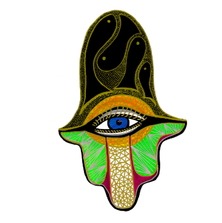
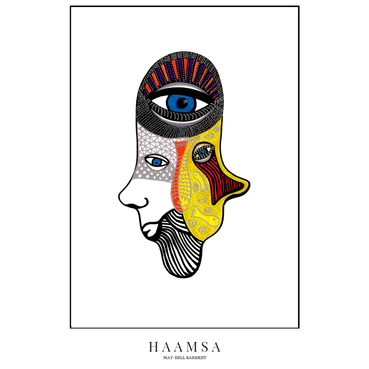
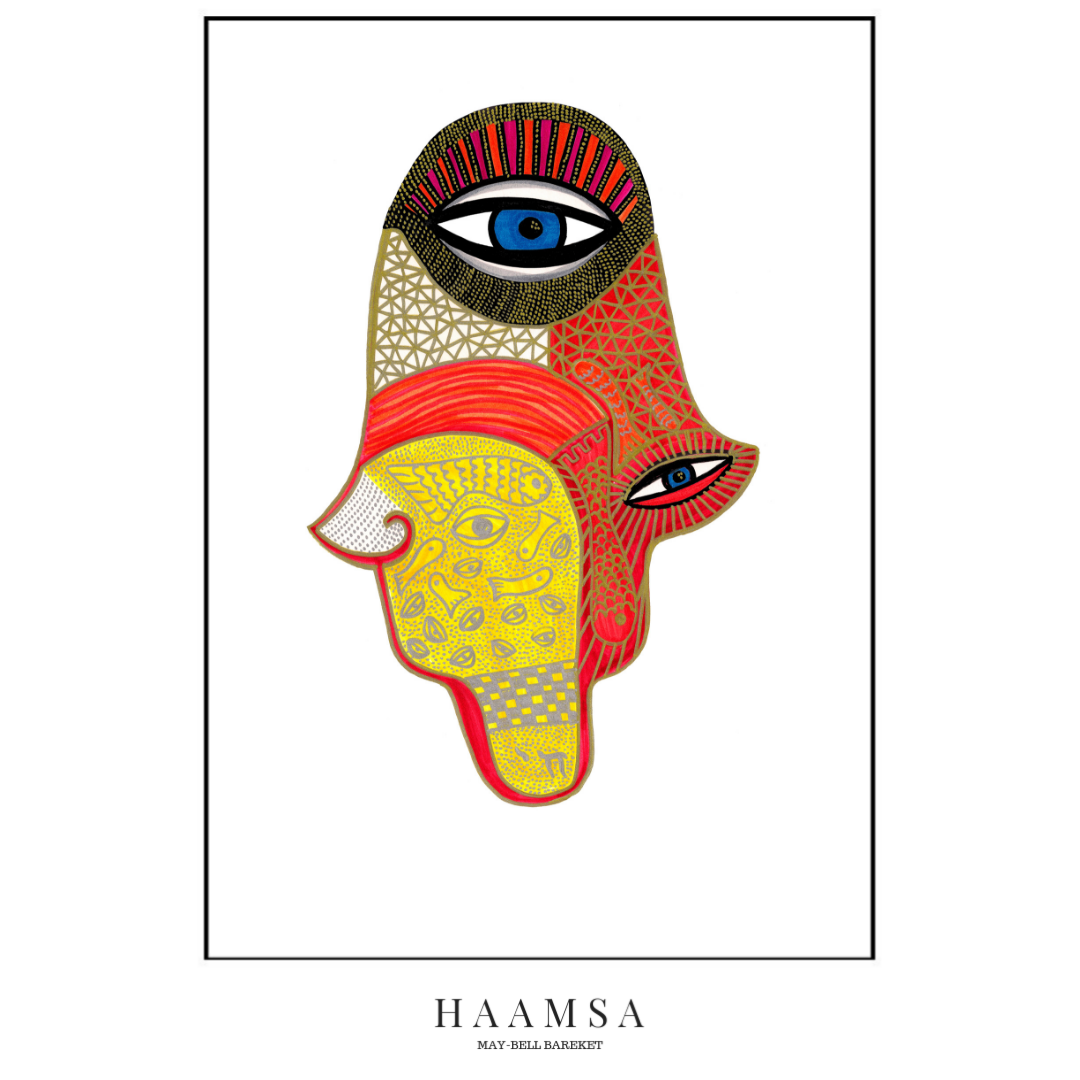
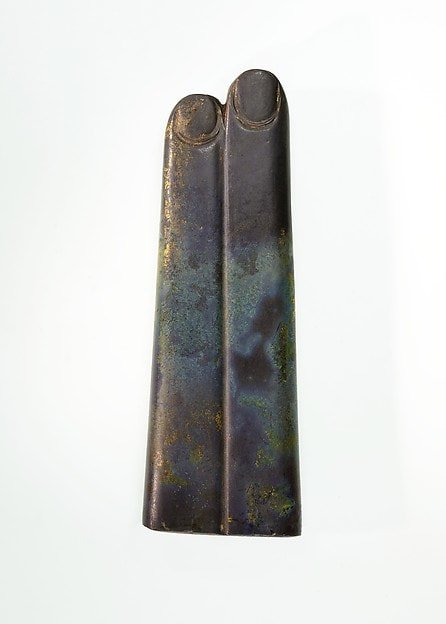
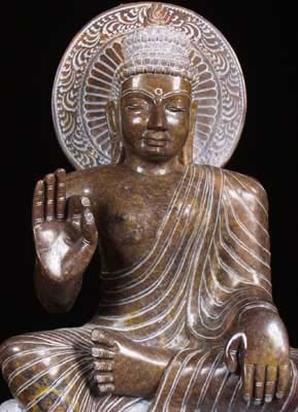
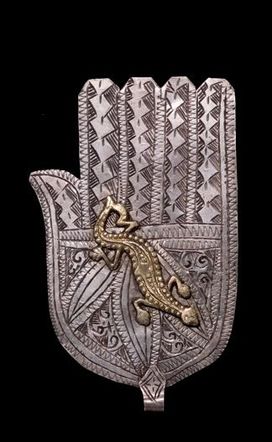
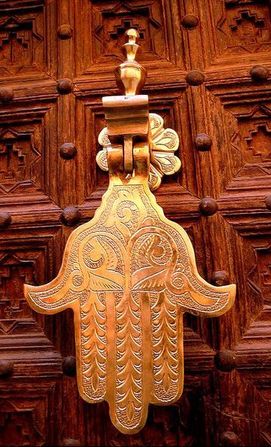
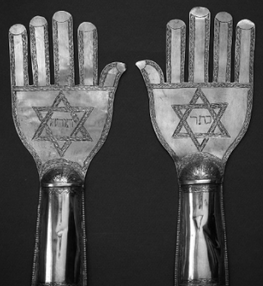
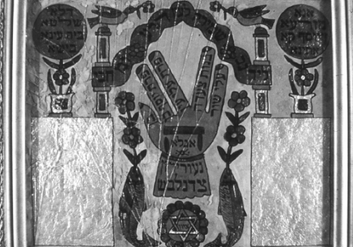
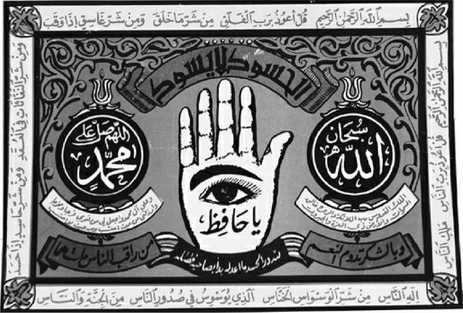
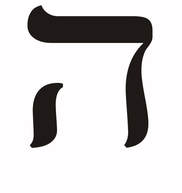
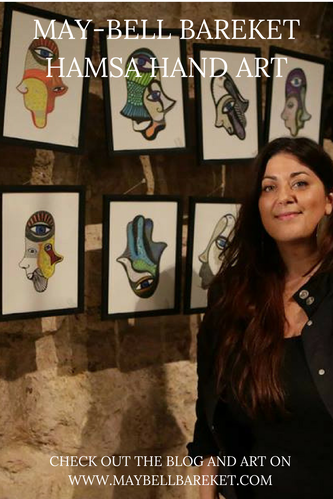
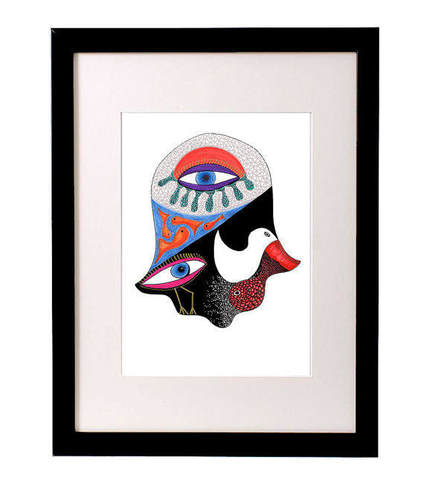
 RSS Feed
RSS Feed
